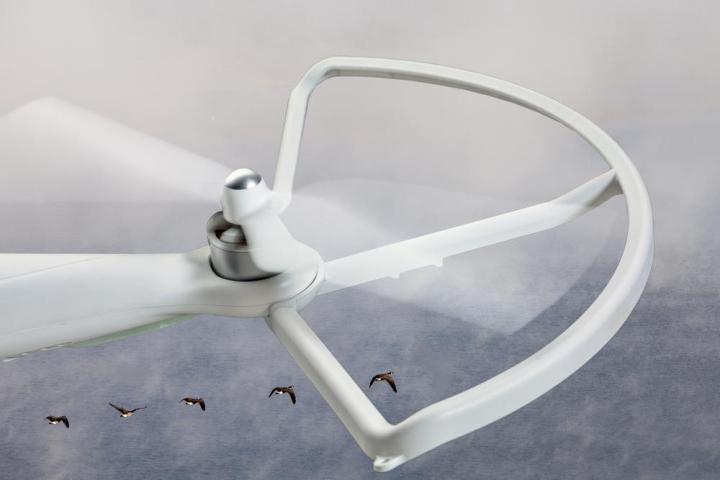
In one of the first reported incidents of its kind, a U.S. Airways passenger plane in March came perilously close to colliding with a drone near an airport in Florida. However, data released by the Federal Aviation Administration (FAA) this week reveals an alarming number of similar incidents over the last six months where small, remotely operated flying machines have come dangerously close to hitting much larger aircraft.
The data, acquired following public-records requests by the Washington Post and other media outlets, details 25 near-collision incidents involving airplanes and drones, with many taking place during the take-off and landing stages of flights at several major U.S. airports.
In all, the FAA’s report revealed that since June there have been more than 175 reports of drones flying close to airports or in restricted airspace.
LaGuardia aiport
Among the list of incidents was one on July 29 where a U.S. Airways plane coming in to land at New York’s LaGuardia airport came within just 50 feet of hitting a drone “with a four-foot wingspan.”
The FAA’s data also contained details of a Boeing 767’s close shave with an unmanned aerial vehicle. According to the pilot of the United Airlines’ flight, the drone passed beneath his aircraft with little more than 100 feet to spare.
FAA rules
Drones have become so popular so quickly that the FAA’s implementation of regulations has to some observers looked slow in comparison. The current rules allow non-commercial drone flights at altitudes of no higher than 400 feet, and must be a minimum of five miles away from airports and other restricted locations.
However, flights for commercial purposes are still largely banned, a situation which is frustrating many businesses and organizations keen to make use of the technology.
While the FAA has moved to ease restrictions on drone flights for a limited number of industries, a final set of updated rules isn’t expected to be implemented for at least another year.
But worryingly for aviation officials, even the current rules aren’t preventing some individuals from flying their machines in restricted areas.
Commenting on the March incident involving the U.S Airways plane, FAA official Jim Williams said at the time that “solutions and answers [for drones]” are urgently needed “before we risk the safety of the world’s safest aviation system.”
Williams added that if one of these small flying machines is ever sucked into an aircraft’s engine, “the results could be catastrophic.”


